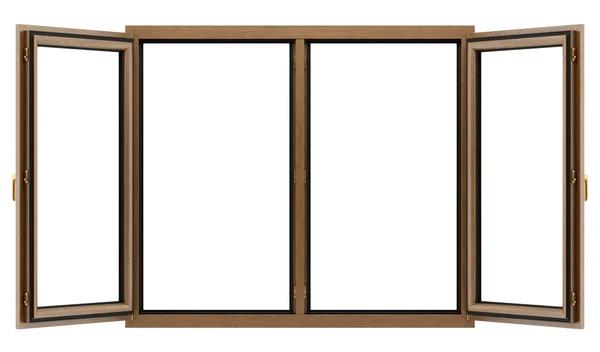Automation and Robotics in Glazing Panel Fabrication
Automation and robotics have become integral to the glazing panel fabrication industry, revolutionizing traditional manufacturing processes. The integration of advanced machinery has significantly enhanced precision, efficiency, and safety in producing glass panels used in construction and architectural applications. Automated systems streamline tasks that were once labor-intensive and prone to human error, allowing manufacturers to meet increasing demand while maintaining high-quality standards.
In glazing panel fabrication, automation begins with raw material handling. Robotic arms equipped with sensors can accurately pick up large sheets of glass, reducing the risk of damage during transport within the facility. These robots ensure consistent placement on cutting tables or processing stations, improving workflow continuity. By minimizing manual intervention at this stage, companies reduce workplace injuries associated with heavy lifting and repetitive motions.
Cutting is one of the most critical stages where automation plays a vital role. Computer numerical control (CNC) machines guided by software programs perform precise cuts according to detailed specifications. Robots assist by loading and unloading glass sheets onto these machines with exact alignment, ensuring optimal use of materials and minimizing waste. This level of accuracy is difficult to achieve through manual methods alone.
Following cutting, edge finishing requires delicate handling due to the fragility of glass edges. Robotic polishing units apply consistent pressure across surfaces for smooth finishes without micro-cracks or chips that compromise structural integrity. Automation here guarantees uniform quality across batches while speeding up production cycles compared to manual polishing techniques.
Assembly lines also benefit from robotic integration when it comes to laminating or insulating multiple layers within glazing panels. Automated conveyors move components through various stations where robotic arms apply adhesives or spacers precisely between layers before sealing them under controlled conditions. This reduces contamination risks and ensures airtight seals essential for thermal insulation performance.
Quality control is enhanced through automated inspection systems using cameras and laser scanners capable of detecting surface defects such as scratches or inclusions invisible to the naked eye during rapid production runs. Data collected enables real-time adjustments in processing parameters or removal of defective panels before packaging.
The adoption of automation reduces labor costs while increasing throughput capacity without compromising craftsmanship standards required secondary glazing in london projects demanding custom shapes or sizes tailored for specific designs.
Overall, automation and robotics have transformed glazing panel fabrication into a more reliable, scalable process that meets modern industry demands efficiently while promoting worker safety and environmental sustainability through optimized resource use.
City Sound Secondary Glazing
367 Chingford Rd, London E17 5AE UK
44 20 8523 3210



